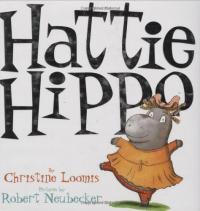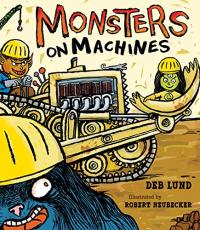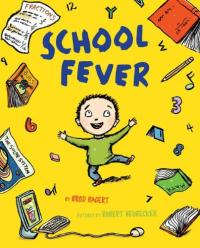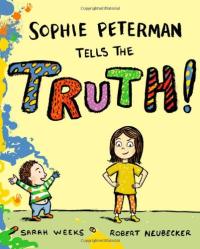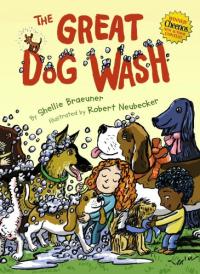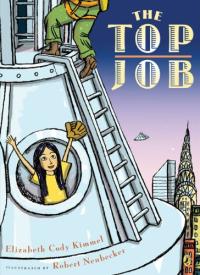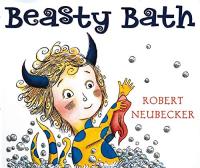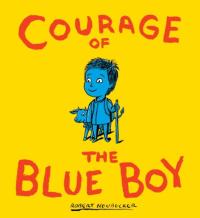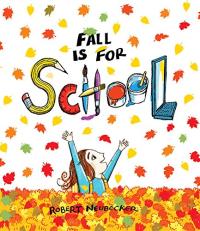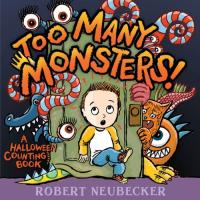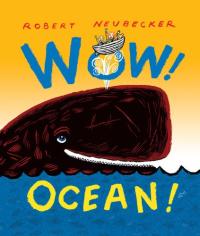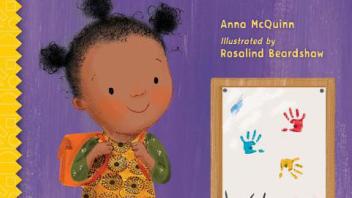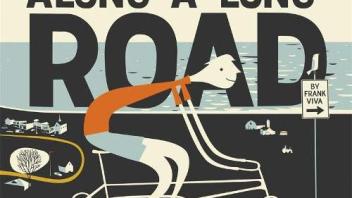Well, first of all, I’m impatient with rendering, although I can do it. I was a watercolorist for 30 years. You know, Milton Glaser was one of my teachers when I was a student and the end result of the design project, or in this case the picture, depends on the problem you set up.
And if you wanna show kinetic energy or something quick and simple, you do it quick and simple. If you have a picture that has a thousand things in it, then, you know, it’s gonna take you a week to do. Some people just like to do a thousand things, and so they paint them or they love, you know, to render every hair on a cat.
And I can do that if that’s what the problem demands, but generally what I’m interested in is getting it out there, getting it quick and making it fresh. I’ve been a newspaper illustrator for a long time and when I was young at The Times, we had about, you know, a two or three hour deadline.
And I spent most of that time trying to think of something to draw, you know, because you were doing a political article and it’s gonna go to press in a couple hours and you have to do something clever or you’re gonna look bad, you know. And hopefully you’re gonna do something just great, you know. And so the thinking part is a big part of it.
So the drawing becomes kind of an exercise, kind of thought to paper. With the “Wow” books it was very much like that, trying to keep the energy in that kinetic part. The way I do it now, I mean, I actually do several different approaches. I sort of evolve. But when I do an editorial drawing, I do a very quick sketch and I use a Mont Blanc pen.
I couldn’t afford one today, frankly, but I bought a couple of them back when I was an art student, you know, for 50 bucks or whatever. And they had gold tips and gold is a soft metal and with — you know, you fill it with fountain pen ink and you draw it. It’s effortless to draw with.
And I do all my sketching with a Mont Blanc and then I scan it, and then I print out the sketches in blue ink on nice paper. I used to have interns and assistance who would painstakingly trace all of the sketches, but the idea is to draw directly from the sketch.
Comics were done in two stages. There would be somebody who’d just do all the pencil drawing and someone to do the inking because it was a separate technique. So all the pencil drawing was done in blue pencil because the camera couldn’t see the blue, and then the inker could see the ink — of course the blue pencil and he would ink over the blue pencil and they’d photograph it and the camera wouldn’t see the blue.
So I’d print out all my drawings on really nice water colored paper now in blue and I do all of the ink on top of the blue pencil. So, in other words, what I’m saying is I try to keep the energy of the original sketch not by redrawing it but by actually drawing from the original sketch.
In the ’80s I did a lot of painting and I had friends like Tiki Smith and Becky Howland and fine artists that were really interested in political work.
And I had done a lot of political work with my illustration, and I wanted to find a way that I could do political narratives as fine art, you know, as gallery work. And so to do that I thought, well, what is the bare essence of illustration. So I started with just a brush, India ink, and watercolor paper, and I went around the streets and collected overheard phrases and I illustrated these overheard phrases.
The first one, I was in a taxi and the guys said, “Why did God make me a cab driver?” And I said, “Walker and Broadway, right side, far corner.” He said, “Why did God make me a cab driver,” you know, and I, “Okay, thanks, buddy.” But I thought about that that was my first one. And then there was some drunk lurching in the street and somebody yells, “Learn to live, fella.”
So I illustrated that. And then I’d illustrate as many as I could think of in single words and then I did lyrics from rock and roll songs. And I had hundreds of these black and white drawings and they were done in about two minutes. Anyway, when Bill Gates wanted to start an on-line magazine, Slate, he hired Newsweek and Time Magazine, and he got Mike Kinsley as editor.
Patricia Bradbury, he brought her in from Newsweek. And Patricia had seen these drawings I had done and she thought that they would be perfect for the, you know, nascent Internet because they would download black and white. And she knew I could deliver on deadline. So I started working for Slate doing these simple black and white drawings, just brush and ink on watercolored paper.
And that’s how that style evolved. And eventually I went to Bill Gates, not directly, and said, “Can I have a raise,” and they said, “Can you work in color?” So I said, “Okay.” So I started adding color to the black and white drawings digitally. And eventually the magazines, you know, started asking for that over my watercolor style. And so that is how that grew out.


